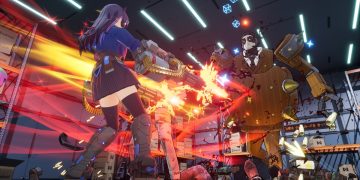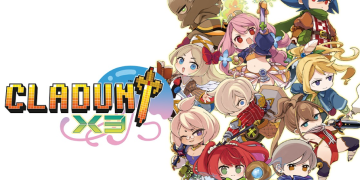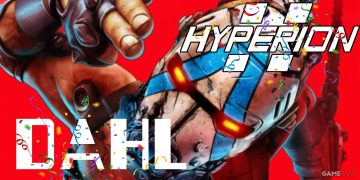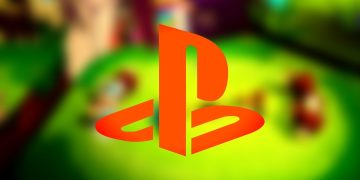Nintendo has always been a fascinating contender in the console market. While anticipation for the next PS6 and Xbox consoles comes with a certain level of anxiety because the leap between the 8th and 9th generations wasn’t as groundbreaking as many had hoped, the Nintendo Switch keeps impressing with its positive reception and strong sales figures.
Despite the Switch not packing the same power punch as its rivals, Nintendo has turned its focus away from cutting-edge hardware features like ray tracing. Instead, they’ve zeroed in on delivering compelling exclusive titles and offering a straightforward, user-friendly experience. Take the Switch’s significant update, the Switch OLED, for example—it focuses on enhancing handheld play rather than attempting an all-out redesign. As we look ahead to a possible successor to the Switch, it’s fair to expect Nintendo might consider beefing up its processing power and visuals. However, it’s crucial they keep prioritizing the player’s experience. This strategy can help them hold their ground against giants like Sony by concentrating on a somewhat overlooked feature of the original Switch.
Sony’s DualSense controller is widely seen as a standout feature of the PS5. Though some might dismiss it as a mere gimmick, its haptic capabilities have transformed gameplay by boosting immersion and providing a richer experience in everything from gritty survival tales like The Last of Us Part 2 to the whimsical world of Astro Bot. The DualSense helps define next-gen gaming through these dynamic features.
But casting our minds back before the PS5 era, similar accolades were showered on Nintendo’s HD Rumble. This innovation, crafted by the same minds behind the DualSense, promised a more nuanced and engaging tactile response, presenting games with an added layer of realism. If we think of the DualSense as HD Rumble’s spiritual successor, then perhaps a new “HD Rumble 2.0” could potentially push the envelope further, refusing to concede the haptics throne to Sony.
Looking ahead, crafting a Switch 2 with features that could rival the DualSense is an intriguing prospect. Elements like adaptive triggers, now somewhat of an industry benchmark thanks to Sony, offer a tangible way to elevate gameplay. For a versatile system like the Switch 2, enhancing these tactile elements can create even more captivating and immersive experiences, truly gripping—pun intended—players’ attention.
Although the vibration capabilities of the DualSense and the Joy-Cons or the Switch Pro Controller share similarities, the DualSense takes it to another level. It provides a more personalized and localized haptic experience, translating the in-game action directly into what the player feels. Learning from this approach could greatly benefit the controllers for the Nintendo Switch 2.
It would be a missed opportunity if Nintendo were to shy away from its haptics potential on the next-gen Switch. While the DualSense might have the limelight now, HD Rumble remains a fantastic element of the Switch ecosystem. With the PS5 controller stealing much of the spotlight, now is a golden opportunity for Nintendo to remind the gaming world of its prowess and innovation on the haptics front.










![[FREE Game] Ruffy and the Riverside Giveaway (PlayStation 5 – North America) [FREE Game] Ruffy and the Riverside Giveaway (PlayStation 5 – North America)](https://www.intergamerz.com/wp-content/uploads/2025/06/FREE-Game-Ruffy-and-the-Riverside-Giveaway-PlayStation-5-–-360x180.jpg)




































